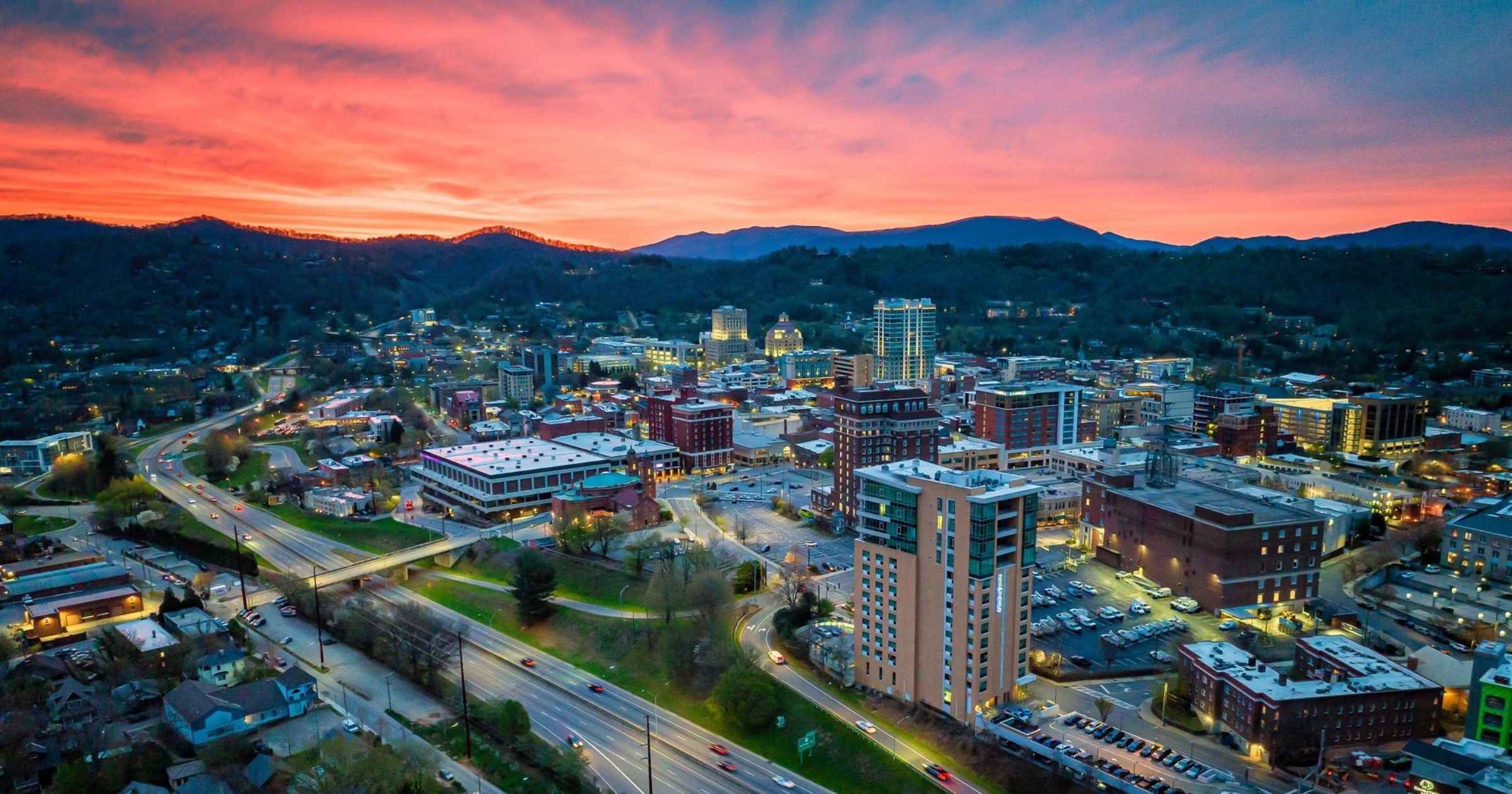Hero Story - Destinations
Destinations

Plan a Group Escape Where Luxury Meets Fun in Hot Springs
Oaklawn Hot Springs brings people together in all the right ways. It’s the kind of place where a girls’ weekend feels indulgent, a guys’ trip turns into a tradition, and a family reunion finally happe...
Read More© 2026 Groups Today - All Rights Reserved. Read our Terms and Conditions




